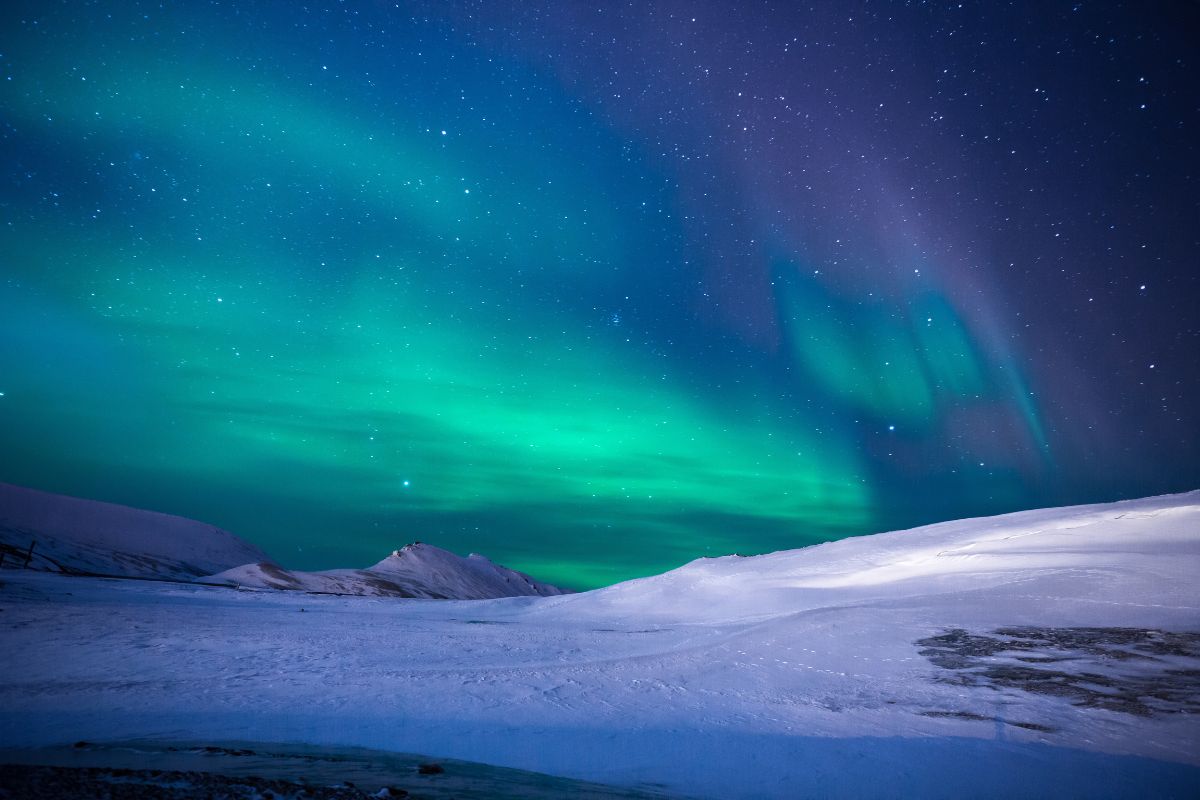
Ever wondered how to catch the Northern Lights? These magical displays, also known as the Aurora Borealis, light up the night sky with vibrant colors. But seeing them isn't just about luck; understanding Northern Lights forecasts can make all the difference. Forecasts predict when and where these lights will appear, helping you plan the perfect viewing trip. Factors like solar activity, weather conditions, and location play crucial roles. By learning how to read these forecasts, you can increase your chances of witnessing this natural wonder. Ready to become an Aurora expert? Let's dive into 15 fascinating facts about Northern Lights forecasts!
What Are Northern Lights?
The Northern Lights, also known as the Aurora Borealis, are a natural light display predominantly seen in high-latitude regions around the Arctic. These lights are caused by the collision of charged particles from the sun with atoms in Earth's atmosphere. Let's dive into some fascinating facts about Northern Lights forecasts.
How Northern Lights Are Predicted
Predicting the Northern Lights involves a mix of science and technology. Scientists use data from solar wind and magnetic field observations to forecast these stunning displays.
- Solar Activity: The sun's activity, including solar flares and coronal mass ejections, plays a crucial role in predicting Northern Lights. High solar activity increases the chances of seeing auroras.
- Solar Wind Speed: Faster solar wind speeds mean a higher likelihood of Northern Lights. Scientists monitor these speeds to make accurate forecasts.
- Magnetometers: Instruments called magnetometers measure changes in Earth's magnetic field, helping predict when and where auroras will appear.
- Aurora Forecast Websites: Websites like NOAA's Space Weather Prediction Center provide real-time aurora forecasts based on solar and geomagnetic data.
Best Times to See Northern Lights
Timing is everything when it comes to witnessing the Northern Lights. Certain times of the year and specific conditions can enhance your chances.
- Winter Months: The best time to see Northern Lights is during the winter months when nights are longer and darker.
- Equinoxes: Around the equinoxes in March and September, geomagnetic activity increases, making auroras more likely.
- Clear Skies: Cloudless nights provide the best viewing conditions. Check weather forecasts to ensure clear skies.
- New Moon: A new moon phase offers darker skies, making the auroras more visible.
Best Locations for Viewing Northern Lights
Geography plays a significant role in your chances of seeing the Northern Lights. Some locations are renowned for their frequent and vivid displays.
- Norway: Tromsø in Norway is one of the best places to witness the Northern Lights due to its high latitude and clear skies.
- Iceland: Iceland offers stunning landscapes and frequent aurora sightings, especially in remote areas away from city lights.
- Canada: The Yukon, Northwest Territories, and Nunavut in Canada are prime locations for aurora viewing.
- Alaska: Fairbanks, Alaska, is another top spot, with numerous tours and accommodations catering to aurora hunters.
Technology and Tools for Aurora Hunters
Modern technology has made it easier than ever to predict and view the Northern Lights. Various tools and apps can enhance your aurora hunting experience.
- Aurora Apps: Apps like My Aurora Forecast and Aurora Alerts provide real-time updates and alerts for aurora activity.
- Cameras and Lenses: DSLR cameras with wide-angle lenses and high ISO capabilities are ideal for capturing the Northern Lights.
- Live Aurora Cams: Some websites offer live streams of the Northern Lights from various locations, allowing you to watch the auroras in real-time from the comfort of your home.
The Magic of Northern Lights
Northern Lights forecasts are more than just weather predictions. They offer a glimpse into one of nature's most mesmerizing displays. Understanding solar activity, geomagnetic storms, and the best viewing times can make your aurora-chasing adventure unforgettable. Remember, the best spots for viewing are often in remote, dark areas away from city lights. Apps and websites dedicated to aurora forecasts can be your best friends in planning your trip.
Keep an eye on the KP index, which measures geomagnetic activity, to know when the lights might be most visible. Whether you're a seasoned aurora hunter or a first-timer, the thrill of seeing the sky dance with colors is unmatched. So, bundle up, head north, and let the Northern Lights take your breath away. Happy aurora hunting!
Was this page helpful?
Our commitment to delivering trustworthy and engaging content is at the heart of what we do. Each fact on our site is contributed by real users like you, bringing a wealth of diverse insights and information. To ensure the highest standards of accuracy and reliability, our dedicated editors meticulously review each submission. This process guarantees that the facts we share are not only fascinating but also credible. Trust in our commitment to quality and authenticity as you explore and learn with us.
